Fancy a Carling whisky? No? How about a Jacob’s Creek gin, then? Neither of those actually exist. But given the amount of crossover booze hitting the market these days, it wouldn’t come as too much of a surprise.
Echo Falls, Sadler’s Ales and English wine pioneer Chapel Down have all launched their own spirits over the last month alone, unveiling a flavoured fruit vodka, a trio of rum, Irish whiskey and gin, and a high-end tipple range respectively.
They’re not the first to do this, of course: Adnams has been distilling its Broadside ale into spirit form since 2012. But the rate of crossover NPD is quickening. So why all the action in spirits? And why now?
The rise of cocktail culture means sales of hard liquor are growing rambunctiously, up 3.7% over the past year. It is a far stronger performance than beer (1.4%) or wine (2.1%), which are suffering as shoppers opt for less but stronger – or posher – booze [Kantar Worldpanel 52 w/e 18 June 2017].
And this means the spirit category is ripe for the taking. “Beer buyers see their category is in volume decline, so they’re trying to price promote their way out of trouble,” says retail consultant John Butler. But for spirits buyers, “if you’ve got innovation, bring it on”.
For smaller brands such as Black Country craft brewer Sadler’s, which sources its spirits rather than distilling them itself, the ability to sell a portfolio can also be hugely beneficial in scoring deals with the mults. “As consolidation grows, buyers haven’t got time to see loads of little suppliers,” adds Butler. “If you can rock up and be more credible with a range offer, you’re going to have a more productive meeting because you’re not just looking at one micro-category.”
What’s more, retailers haven’t rationalised spirits with the same vigour as beer and wine. “Beer and wine suppliers are having to fight harder for space and, naturally, are going to think about pinching it from another aisle,” says IRI business unit director Toby Magill.
Magill admits many of these products aren’t designed to become permanent fixtures, but can provide a reassuring temporary boost to a brand’s coffers. “From a short-term point of view, you can say ‘this is NPD and we don’t expect it to be a cash cow for 20 years, but it will help protect us from the impact of Brexit.”
Brexit-proof?
Indeed, while spirit producers are facing Brexit-related cost pressures, the impact is not as pronounced as in beer and wine, which rely particularly heavily on imports, whereas British-made spirits are a key export for the nation: in 2016, the UK traded nearly £6bn in spirits internationally, according to Wine & Spirit Trade Association figures.
“With the pound where it is, brands have a lot more options in export,” says Magill. “The way the exchange rate has gone, you can open up opportunities elsewhere.”
Diversifying into spirits can also help boost efficiency and cut costs. Kent winemaker Chapel Down distils the neutral alcohol for its Bacchus Gin and Chardonnay vodka from throwaway grape skins, turning food waste into profit. It means there’s no need to buy in neutral alcohol, eliminating one of the major costs fledgling craft brands face.
Having this level of control and being able to shout about it “clarifies the provenance of the product and gives it a cut through” amid “a lot of noise and lots of new entrants to the category”, says Chapel Down MD Mark Harvey. “The link back to us as a winemaker is clear. From liquid development to bottle development, it’s all within the UK. Looking at the numbers on gin and vodka at the super premium end, if the story and product concept is clear, there’s an opportunity to grow to a significant level.”
Regardless, competitors will be watching these launches closely – particularly in the case of Echo Falls, the largest of the trio, whose mainline sales have flagged over the past year.
A growing category, fewer Brexit-related pressures and increased efficiency sound, in theory, a winning formula. So this could be one spin-off that proves just as successful as the original.







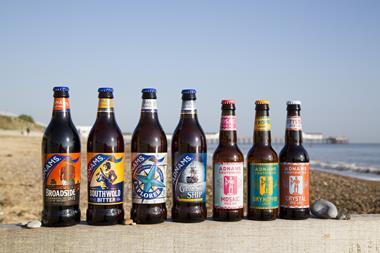
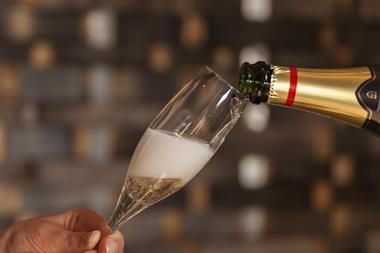
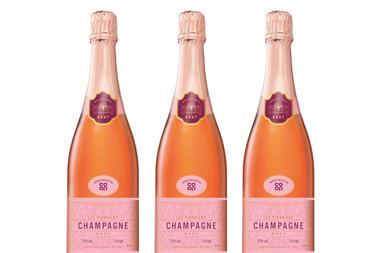
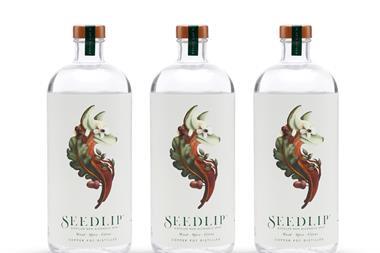
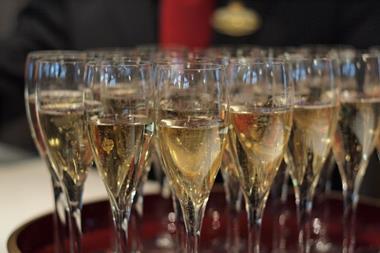
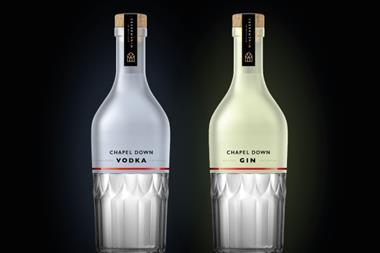






No comments yet